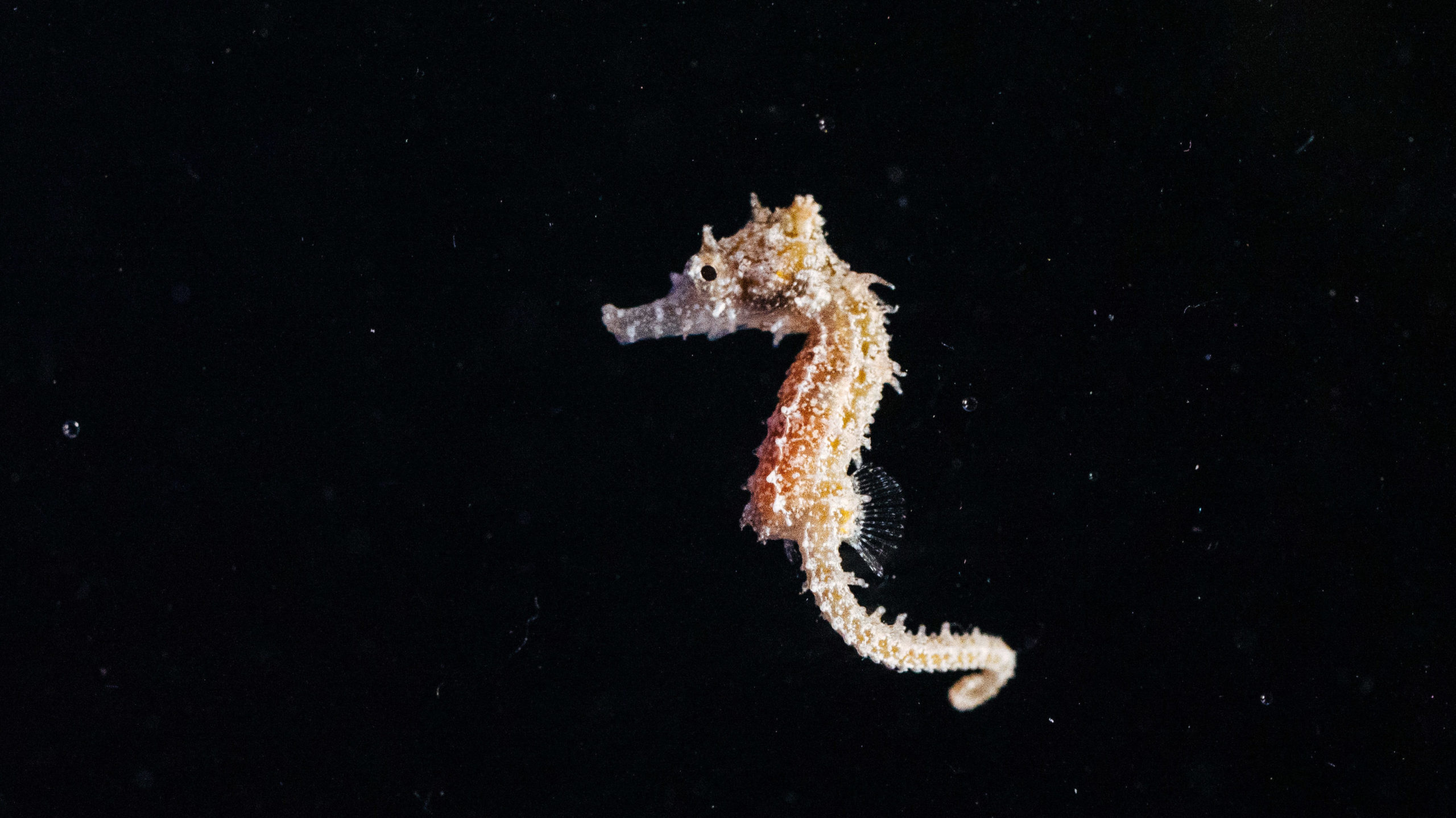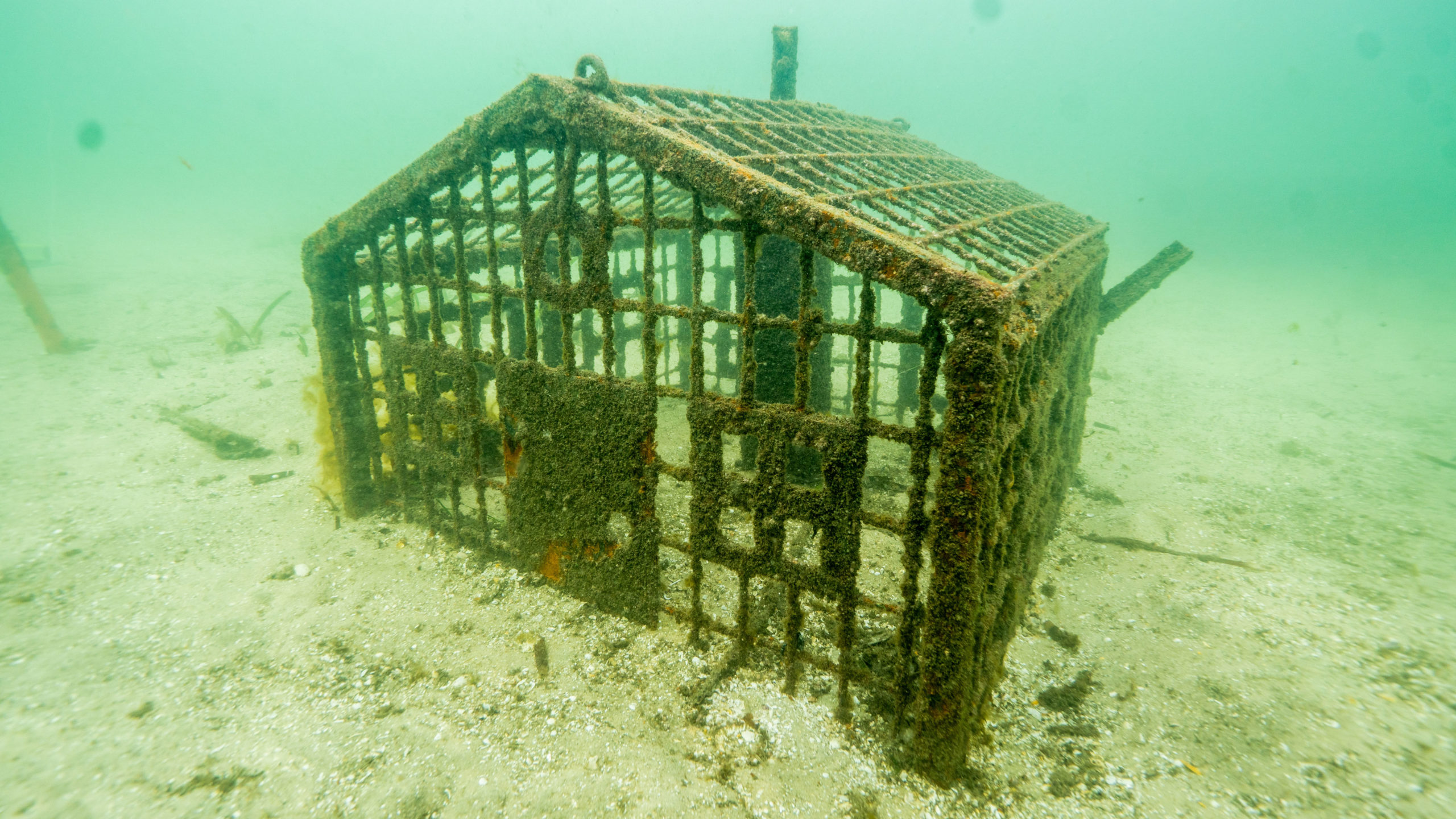VIDEO: Adorable seahorses check into new underwater ‘hotels’

The species is listed as Endangered in New South Wales, making it the only endangered seahorse in Australia, and one of only two endangered seahorse species in the world.
Now, in an effort to revive the species, naturally found along Australia’s east coast, 111 juvenile White’s seahorses (Hippocampus whitei) have been released into the wild in the waters of Botany Bay, Sydney.
Their new digs are a series of reimagined ‘seahorse hotels’ placed on the ocean floor.
The released seahorses were bred in captivity at SEA LIFE Sydney Aquarium as part of an ongoing conservation collaboration with Botany Bay’s Gamay Rangers and the Sydney Institute of Marine Sciences – a group including scientists from the University of New South Wales (UNSW), the University of Technology Sydney (UTS) and industry experts from the NSW Department of Primary Industries (DPI) Fisheries.
This is the third group of captive-bred White’s seahorses to be released into the wild since the program began in December 2019.

“This is another milestone of success in the conservation stocking program. The conservations actions being implemented in this large collaborative project, such as the restocking and the deployment of artificial seahorse hotels, are helping ensure this Endangered seahorse is given every chance to recover,” says Dr David Harasti, a senior marine scientist with DPI Fisheries.
“We have taken some really exciting steps over the last three years and will continue to do so for years to come,” adds Daniel Sokolnikoff, aquarist and seahorse expert at SEA LIFE Sydney Aquarium.
“It means the world to the team at SEA LIFE … to contribute towards the recovery of a species that really needs our help, in our own backyard.”

The ‘hotels’ will provide an artifical habitat for the released White’s seahorses, as well as for other marine creatures.
Immersed a few months ago, they have now been grown over by sponges and algae, making them perfect for seahorses to curl their tails around.
To monitor the progress of the group, UTS research students will conduct regular diving surveys at the release sites to monitor growth, survival and further breeding in the wild.





